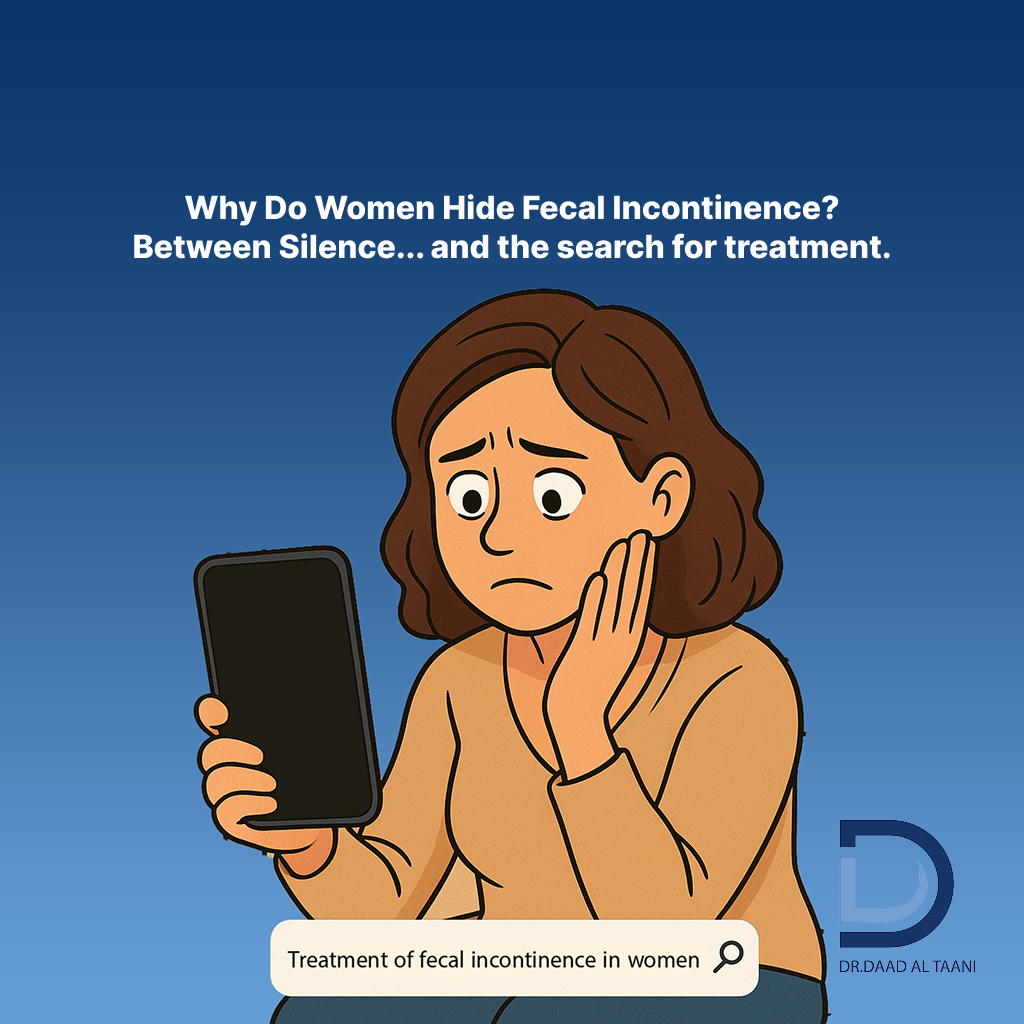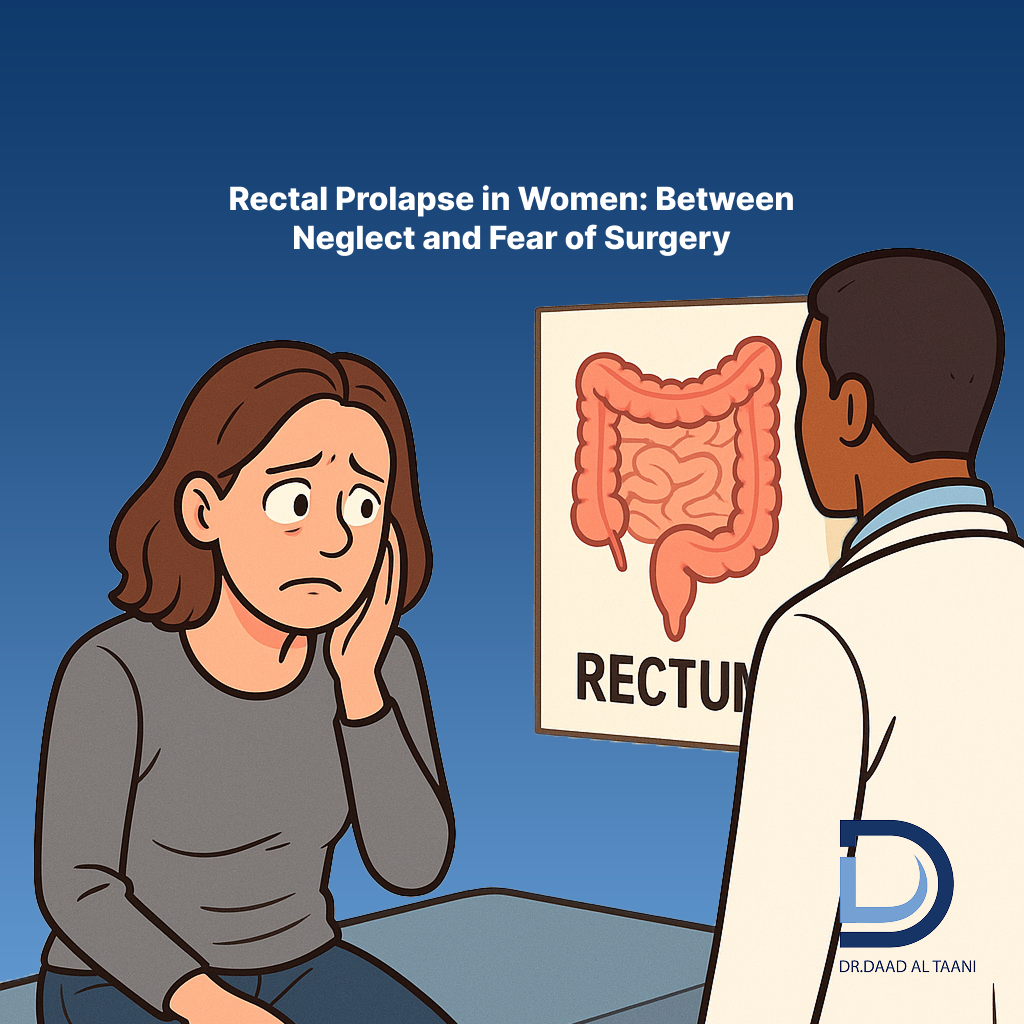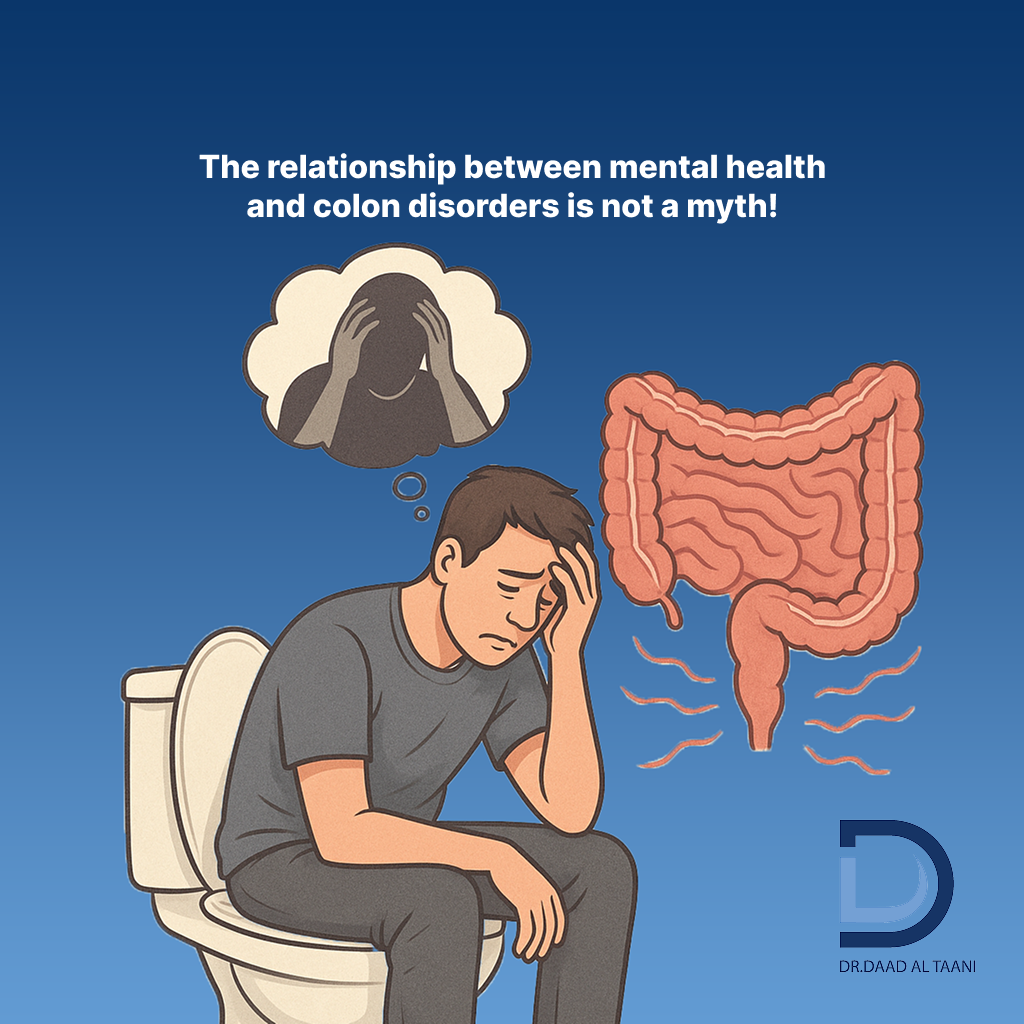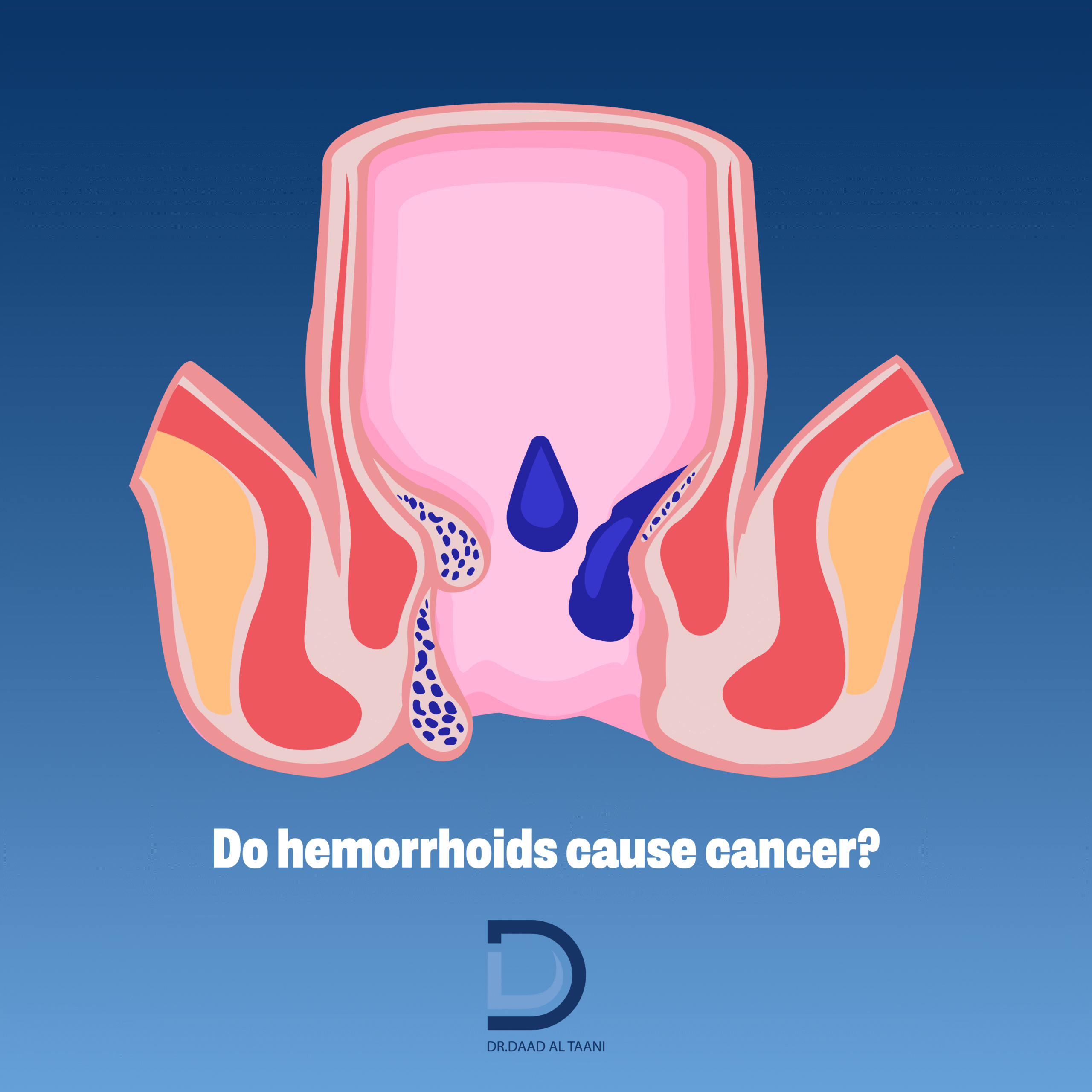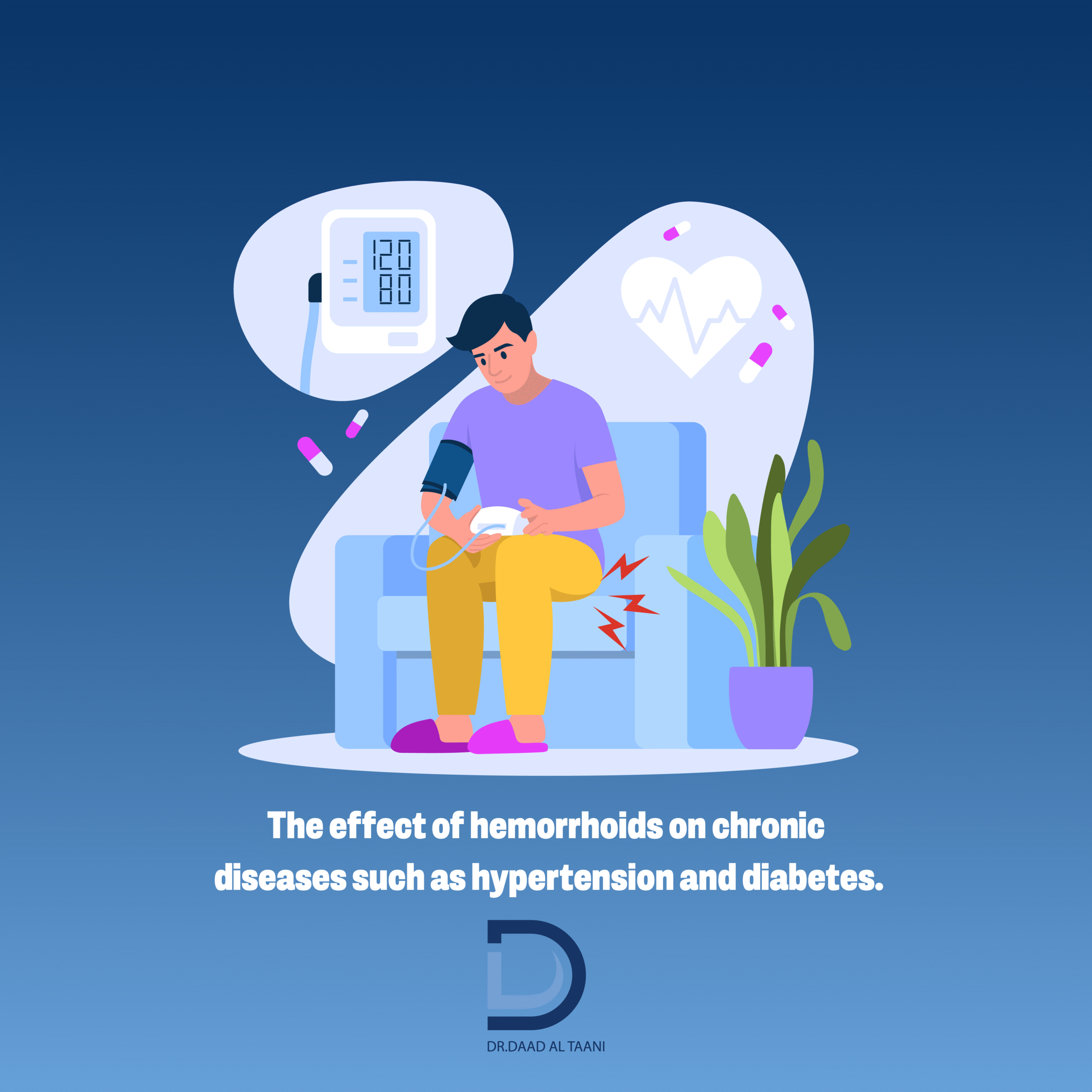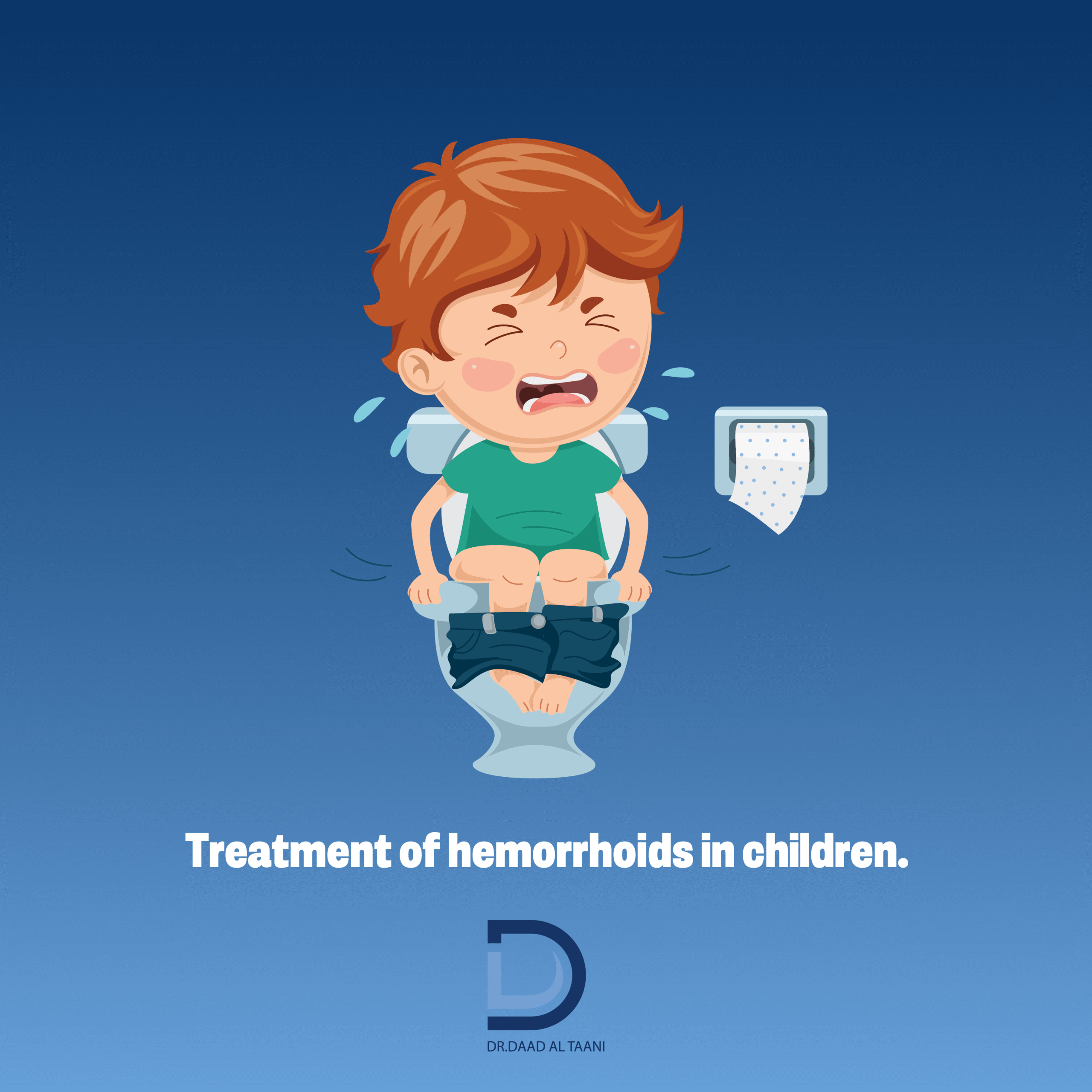Discover the Link Between High Temperatures and Anal Vein Health
In hot Weather, many people experience various health issues. One common question is: Is there a link between hemorrhoids and high temperatures? This article explores that relationship in detail, providing a simplified scientific explanation of how weather heat can affect the development of hemorrhoids.
Before discussing the impact of hot weather, it’s important to understand the symptoms of hemorrhoids. They typically appear as pain in the anal area, bleeding during or after bowel movements, itching, discomfort, or a noticeable lump near the anus. Symptom severity can vary from person to person.
In hot weather, the body loses fluids faster through sweating, leading to dehydration and constipation. High temperatures also tend to reduce physical activity and increase prolonged sitting—especially indoors in air-conditioned spaces. All of these factors affect bowel movement regularity and increase pressure on the anal veins. This pressure can cause swelling of the veins and the formation of hemorrhoids.
Dr. Daad Al-Taani, a specialist in anorectal disorders in Dubai, confirms that hot weather can worsen hemorrhoid symptoms. However, she notes that prevention is possible through proper hydration, a fiber-rich diet, and avoiding long periods of sitting.
How Can We Prevent Hemorrhoids in Hot Weather?
In the next part of this article, we will explore the elements that link high temperatures to hemorrhoids and offer practical steps for prevention. We will also introduce the latest treatment techniques available at Dr. Daad Al-Taani’s clinic. If you’re experiencing similar symptoms, continue reading to discover how to manage hemorrhoids effectively—especially in hot climates like Dubai and the Gulf.
You can also subscribe to our YouTube channel for more exclusive interviews and insights from Dr. Daad Al-Taani.



